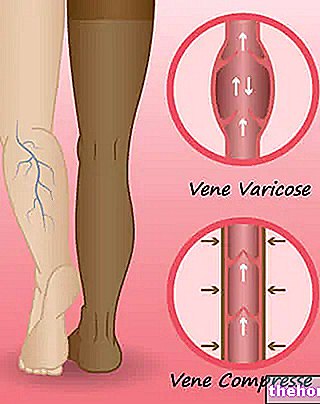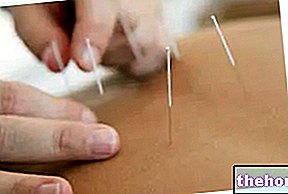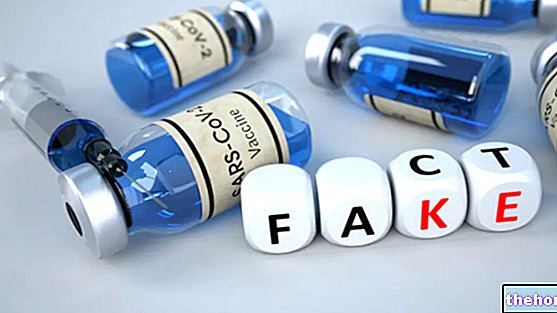
There are two major types of stem cells in mammals:
- Embryonic stem cells, isolated from the inner cell mass of blastocysts in early embryonic development
- Adult stem cells, found in various fully developed mammalian tissues.
In adult organisms, stem and progenitor cells act as a repair system, replenishing mature tissues.
In a developing embryo, stem cells have the task of differentiating into all specialized cells - ectoderm, endoderm and mesoderm (induced pluripotent stem cells) - and of maintaining the normal turnover of regenerative organs, such as blood, skin or tissues. intestinal.
In man there are three accessible sources of stem cells that can be removed and transplanted in other areas of the same organism (allogeneic): bone marrow, adipose tissue and blood. Stem cells can also be taken from the baby's umbilical cord blood. immediately after birth Of all stem cell therapies, allogeneic harvesting carries the lowest risk index overall.
Adult stem cells are used in various medical therapies, such as bone marrow transplantation. Today they can also be artificially cultured and transformed (differentiated) into specialized cytological types with characteristics suited to those of various tissues such as muscles or nerves. Embryonic cell lines and allogeneic embryonic stem cells generated through somatic cell transfer or differentiation have also been proposed as potential candidates.
Stem cell research grew out of the discoveries of Ernest A. McCulloch and James E. Till, at the University of Toronto, in the 1960s.
and produces two stem cells identical to the original.
In this way, the number of stem cells remains constant.
Meaning of stem cell pluripotency
Pluripotency specifies the differentiation potential of the stem cell, which is the potential to differentiate into different types of cells.
- Totipotent (a.k.a. omnipotent) stem cells can differentiate into both embryonic and extraembryonic cell types. These cells can build a complete and functional organism. They are produced by the fusion of an egg and a sperm cell. The cells produced by the first divisions of the fertilized egg are also totipotent
- Pluripotent stem cells are the descendants of totipotent cells and can differentiate into almost any cell, derived from any of the three germ layers
- Multipotent stem cells can only differentiate into cell types belonging to the closely related family
- Oligopotent stem cells can only differentiate into certain cell types, such as lymphoid or myeloid stem cells
- Unipotent cells can only produce one type of cell, their own, but they boast the self-renewal characteristic that distinguishes them from non-stem cells (for example, progenitor cells, which cannot self-renew).
Stem cell identification
In practice, stem cells are identified based on their ability to regenerate tissues. For example, the definition test for bone marrow - hematopoietic stem cells (HSC) - is the ability to transplant cells to save an individual who is without them. This shows that, in the long run, these cells can continuously produce new units. It should also be possible to isolate stem cells from one transplanted individual to another without, demonstrating that the stem cell is capable of self-renewal.
The properties of stem cells can also be exposed in vitro, using methods such as the "clonogenic assay", in which individual cells are evaluated for their ability to differentiate and self-renew. Stem cells can also be isolated by recognizing cell surface markers. However, in vitro culture conditions can alter the behavior of cells, making it difficult to predict how they will act in vivo. There is still considerable debate as to whether some adult cell populations are stem cells or not.
of the patient could target the implanted cells. A useful way to avoid this last possibility is to use the stem cells of the same patient to be treated.
Furthermore, the pluripotency of some stem cells could make it difficult to obtain the specific type of cells required. Complications also increase because not all cells in a population differentiate evenly. The undifferentiated ones can create fabrics different from the objective.
Some stem cells can give rise to actual tumors after transplantation; pluripotency is linked to these alterations especially with regard to induced embryonic, fetal and pluripotent stem cells. Adequate fetal stem cells can form tumors despite multipotency.
Various researches are underway for the development of stem cells and for their application in treatments for: neurodegenerative conditions, diabetes, heart disease and other diseases. stem cells, which would allow "further understanding of human development, organogenesis and modeling of human disease."
By isolating and culturing embryonic stem cells, thanks to the growing ability to use nuclear transfer and techniques to create somatic induced pluripotent stem cells, there have been numerous controversies related to human abortion and cloning.
The hepatotoxicity and liver damage induced by certain active ingredients are responsible for a considerable number of failures in the development of new drugs and the consequent withdrawal from the market, highlighting the need for screening on hepatocyte cells derived from stem cells, which would be able to detect early drug toxicity reducing advanced testing.




























